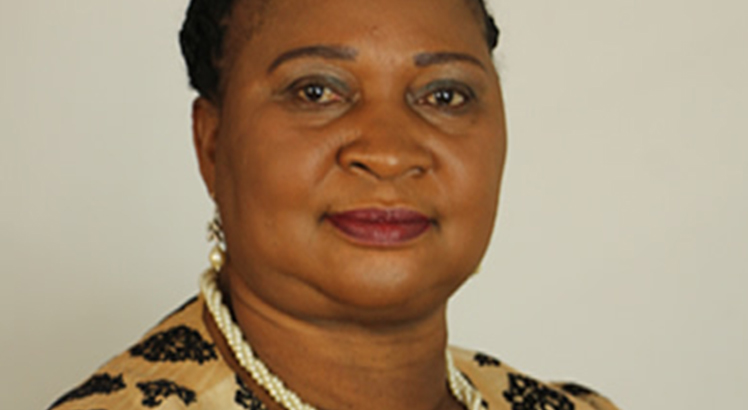Inequality worsens in Malawi—report
A new report on inequality has exposed the growing gap between the rich and the poor, showing that the top one percent of the wealthy in Malawi earns more than 25 percent of the national income.
This is according to The Crisis of Extreme Inequality in Southern African Development Community (Sadc): Fighting Austerity and the Covid-19 Pandemic report, jointly done by Oxfam, Development Finance International (DFI) and Norwegian Church Aid and launched last Thursday in South Africa.

The situation has seen the majority of the citizenry struggle to meet basic needs such as quality education, healthcare and decent jobs.
According to the report, Malawi’s gini coefficient stands at 0.45; the Palma ratio, which compares the incomes of the top 10 percent and bottom 40 percent is at 2.35 percent; while only 2.8 percent of the poorest 20 percent complete secondary education.
To avert further catastrophe, Malawi and other governments in Sadc are being challenged to increase taxes on the wealthy and large corporations, boost public spending and increase workers’ rights as well as tackling joblessness and precarious work.
It reads: “In Sadc, only four countries have tax systems that reduce inequality, with Tanzania reducing its gini coefficient by about 11 percent, South Africa by six percent, Namibia by two percent and Lesotho by one percent.
“The other 11 are regressive—actually increasing inequality by between 1 percent (DRC and Malawi) and nine percent (the Seychelles). For some of the worst-affected countries, the scale of austerity is daunting. For example, the cuts planned by the government of Zambia in 2022–26 are equivalent to five times its annual health budget; in Malawi, Mozambique and the Seychelles, they are twice their health budgets.”
International Monetary Fund projections for 15 Sadc countries in 2022-26 show that all, but four countries will be further reducing government expenditure, expected to move to $30.2 billion by 2026.
All cuts are the aftermath of Covid-19.
University of Malawi professor of economics Ben Kaluwa said all is not lost for Malawi if it sticks to its short and long term plans towards achieving the 2030 and the 2063 goals.
The MW2063 projects that if the economy grows at an annual average rate of six percent, Malawi could attain the low-middle-income status by 2030, with a per capita income of between $1 006 (K825 000) and $3 955 (about K3.2 million).
Kaluwa suggested that the country must invest in commercial agriculture and concentrate on crops that can revamp the economy such as cannabis, macadamia and fruits as well as intensify on irrigation farming other than concentrating on food production.
On his part, Economic Association of Malawi president Frank Chikuta said investing in programmes that target the poor and providing social security safety nets might protect the most vulnerable from the economic effects of the Covid-19 would be ideal.





